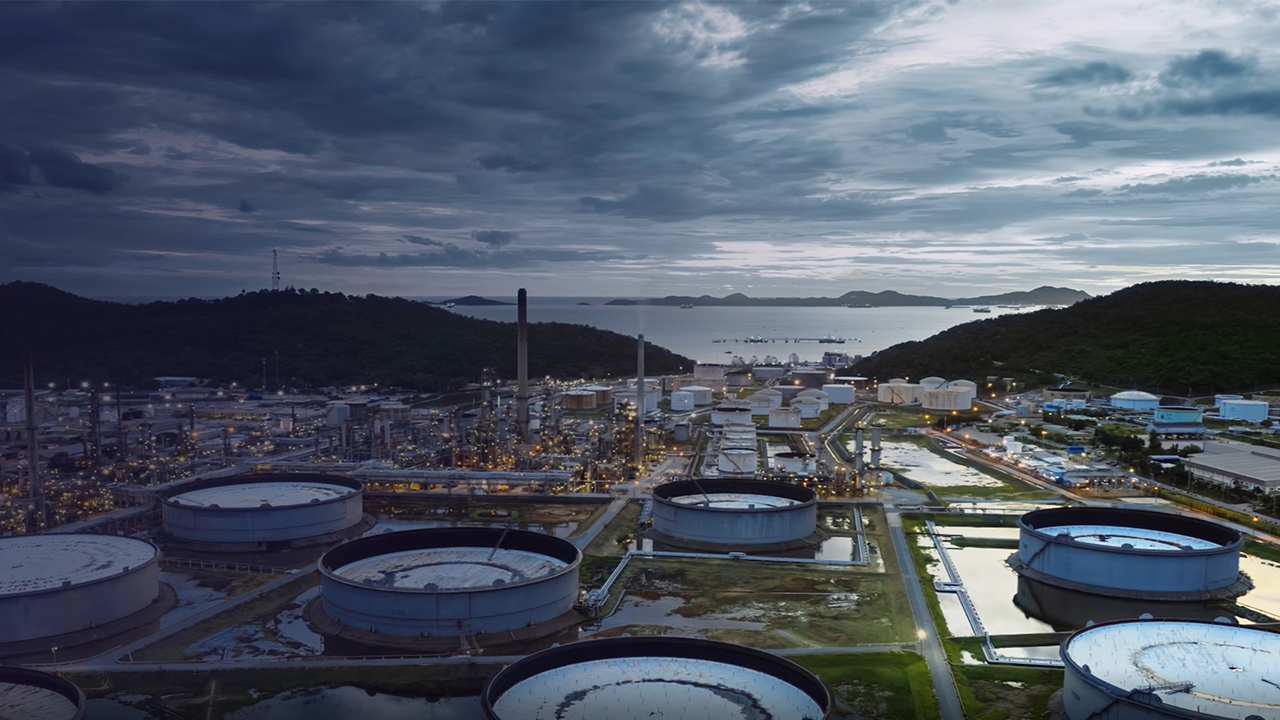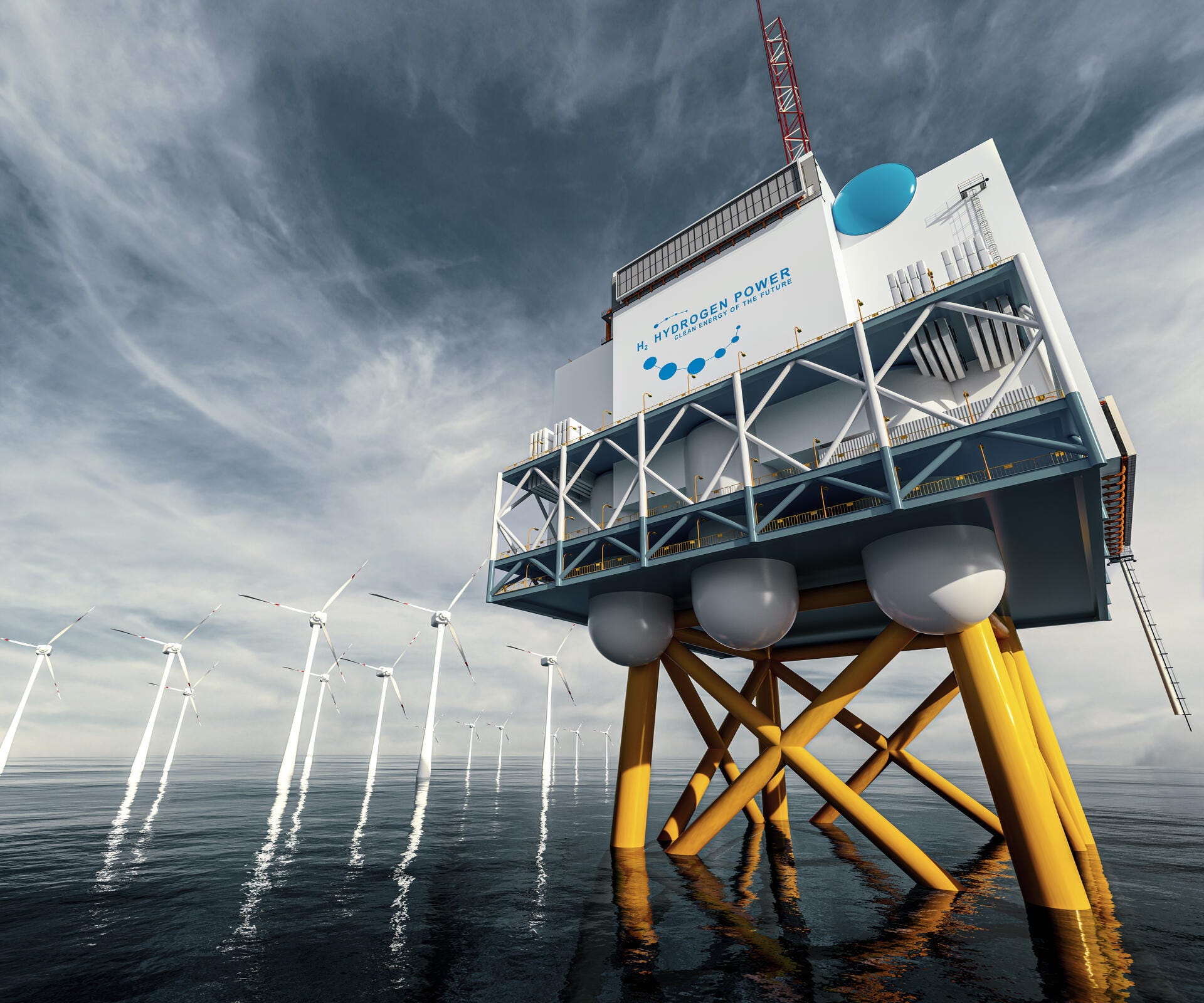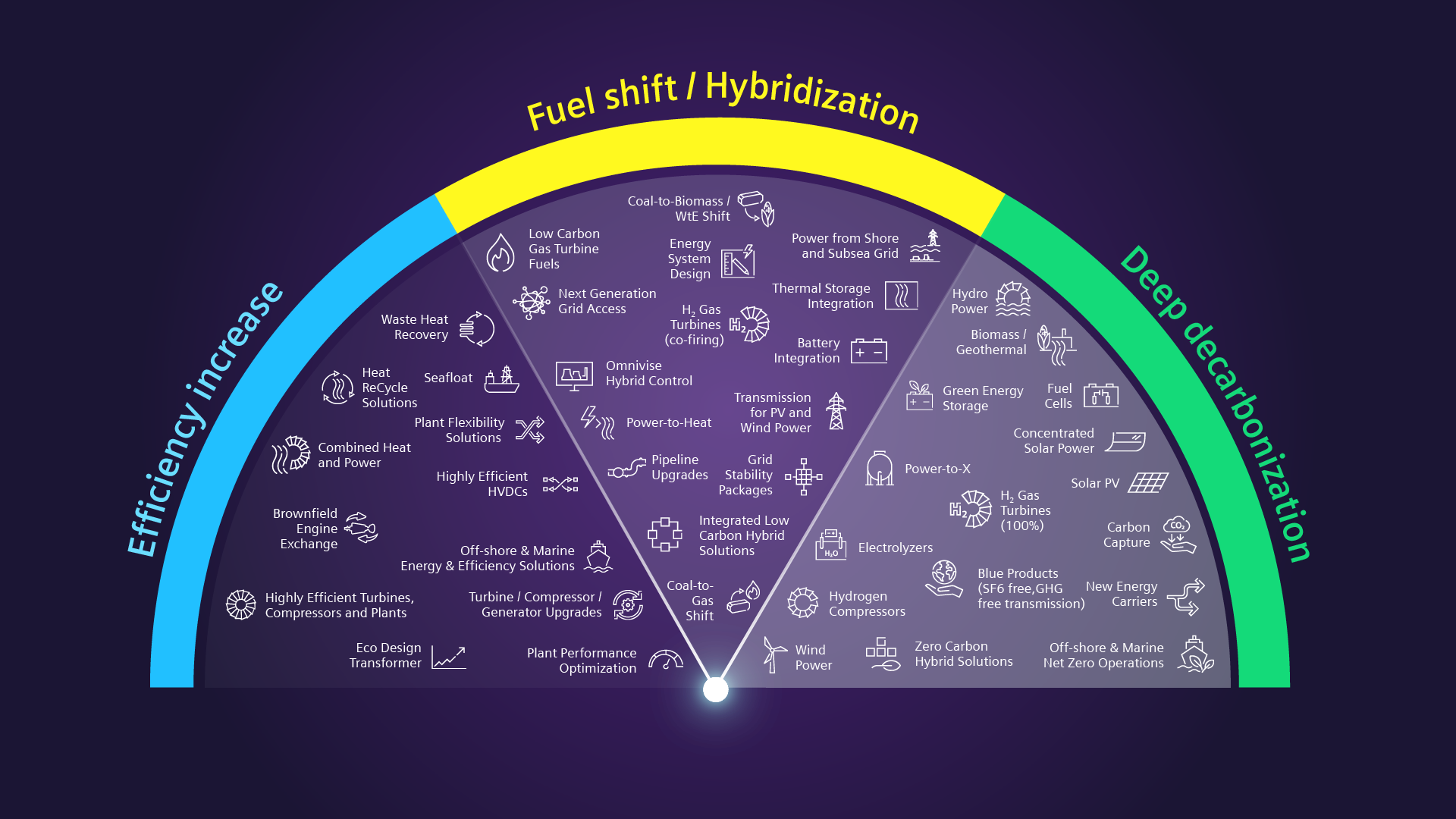
Decarbonization of the industry: Partnering is key
Recognizing the distinctive needs of the industrial sector and the challenges as well as the opportunities that decarbonization of the industry presents, Siemens Energy partners with industries and governments to implement solutions for the near-and long-term.
As the need to address climate change becomes more urgent, the industrial sector finds itself in a balancing act. Reliability and affordability can’t be compromised, but business as usual won’t meet increasingly stringent regulatory requirements or allow organizations to capitalize on incentives offered through legislation such as the Inflation Reduction Act in the United States.
“There is a trilemma of energy: availability, sustainability, and affordability,” says Martin Tartibi, Vice President for Strategy and Business Development for Siemens Energy North America. “You have to address all three. If you focus on one too strongly and not the other two, then this three-legged stool will become unbalanced.”
Guidance on decarbonization planning in a rapid transformation
Unforeseen global events, conflicts, and a polarized political environment make the balancing act even more difficult by threatening to disrupt crucial energy markets. In a time of rapid transformation and disruption, customers are turning to Siemens Energy for guidance on short-, medium- and long-term sustainability planning.
“Our customers are starting to view us as a lot more than just an equipment provider,” says Chris Willis, Senior Sales Director for Siemens Energy North America. “They're really looking to us for guidance to support their sustainability journey.”
That includes identifying enhancements that can immediately boost sustainability and improve an organization’s bottom line. Partnerships with government and industry are helping accelerate the development of new technologies for a lower-carbon future, as well as a mature and robust market for green hydrogen.

Green hydrogen, which is generated from renewable energy sources and water through electrolysis, will likely play a central role in the decarbonization of the industrial sector
Tailored solutions for decarbonization on the sustainability journey
The industrial sector is both broad and diverse. Globally, it accounts for 30 percent of emissions and 38 percent of energy consumption. It includes verticals such as refineries, the chemical industry, pulp and paper, data centers, cement and construction, and food and beverage, among others.
There are vast differences between these verticals, of course, but also great differences within them. No two paper mills, chemical plants, data centers or other organizations are alike. To account for this diversity, the sustainability journey begins with a discovery session during which customers share their unique needs, pain points, and goals. It is followed by a co-creation session during which Siemens Energy works with the customer to map out how existing and future technologies can help achieve their goals in a way that balances energy availability, sustainability, and affordability.
“The energy system design phase creates a roadmap that says if you want to decarbonize by 50 percent by 2030, then these are the steps you need to take and these are the technologies you need," Tartibi says. "The optimization tool provides the least-cost solution, and the reliability comes from us offering a full-service portfolio to our customers with real-time diagnostics and maintenance.”

The three phases to scale the decarbonization of industry.
“No-regret moves”
The future can’t be predicted, but there are steps that organizations can take today to increase efficiency, and by extension – profitability. Tartibi calls these “no-regret moves,” and they often involve upgrading existing equipment.
Hydrogen co-firing upgrades, which reduce carbon emissions by enabling turbines to burn a mixture of hydrogen and natural gas, provide customers a cost-effective solution that enables them to incrementally reduce their carbon emissions over time. The gas turbines being tested in Siemens Energy’s Zero Emission Hydrogen Turbine Center in Finspang, Sweden, can burn up to 75 percent hydrogen. By 2030, the goal is to increase the hydrogen capability of Siemens Energy turbines to 100 percent.
Willis says that replacing fuel-based equipment such as boilers and furnaces with electric alternatives such as heat pumps and inductive heaters is another attractive option. Performance enhancement solutions can include the installation of recompression skids that enable plants to recapture and reuse greenhouse gasses such as methane that would otherwise leak from gas seals into the atmosphere.
Growing need for Combined Heat and Power
A growing area of opportunity is combined heat and power (CHP), which uses heat that otherwise would be wasted as an energy source. “You're going to see a lot more coming from Siemens Energy with regards to CHP because there's a need for that in every industry we operate in,” Willis says.
A paper mill could use excess heat for the drying process, for example, while other industries could use the excess heat to create steam that is used in power facility processes. “If you use a gas turbine to produce electricity and then you use the heat to run the process, the efficiency of the cycle goes from 40 percent up to 80-85 percent,” Tartibi says. “That’s a significant improvement and a significant savings, by the way.”
Companies that want to increase their efficiency even further – to levels of 90 percent or greater – can consider linking combined heat and power with heat pumps or mechanical vapor recompression, which recycles waste heat by compressing vapor.
Accelerating innovation
In addition to offering “no regret” solutions that can be implemented today, Siemens Energy is partnering with customers and government agencies to accelerate the development and adoption of technologies for the future.
One such partnership is with the U.S. Department of Energy. Siemens Energy is conducting a feasibility study of a multi-technology direct air capture hub anchored around its solid sorbent capture technology.
Siemens Energy compressors will also be used at the world’s first large-scale direct air-capture plant, which is being developed in the U.S. state of Texas by 1PointFive, a subsidiary of Occidental. When fully operational, the two compressor packages will enable the plant to capture up to 500,000 metric tons of CO2 per year.
Willis added that other technologies that are in development include turbo and e-heaters for industrial processes and small modular nuclear reactors for use in mining and other industries.
Toward a decarbonized future
Through innovative partnerships, examples of decarbonized solutions are already coming into view. The Haru Oni hydrogen plant in Chile is the world’s first integrated, industrial-scale plant for synthetic climate-neutral fuels. Owned by HIF Global, the plant includes a broad and diverse partner network that includes Siemens Energy, which provides wind turbines and electrolyzers for the plant. As it scales up, the plant will produce up to 550 million liters of electricity-based fuels, also known as eFuels, that can be used in internal combustion engines.
Green hydrogen, which is generated from renewable energy sources and water through electrolysis, will likely play a central role in the decarbonization of the industrial sector. Already, Siemens Energy has begun scaling the production of electrolyzers at a new factory in Berlin with partner Air Liquide. By 2025, the plant is expected to produce at least three gigawatts of electrolysis capacity per year.
Scaling production capacity creates a virtuous cycle in which costs can be further reduced, but Tartibi emphasizes that enabling the widespread adoption of green hydrogen will be a collective effort that involves industry, governments, and society at large.
“I believe that the affordability, reliability, and sustainability of energy for mankind is a responsibility of each and every one of us,” Tartibi says. “Siemens Energy takes this responsibility very seriously and wants to be a leader in this energy transition.”
Sameh Fahmy, MS, is an award-winning freelance medical and technology journalist based in Athens, Georgia, USA.



